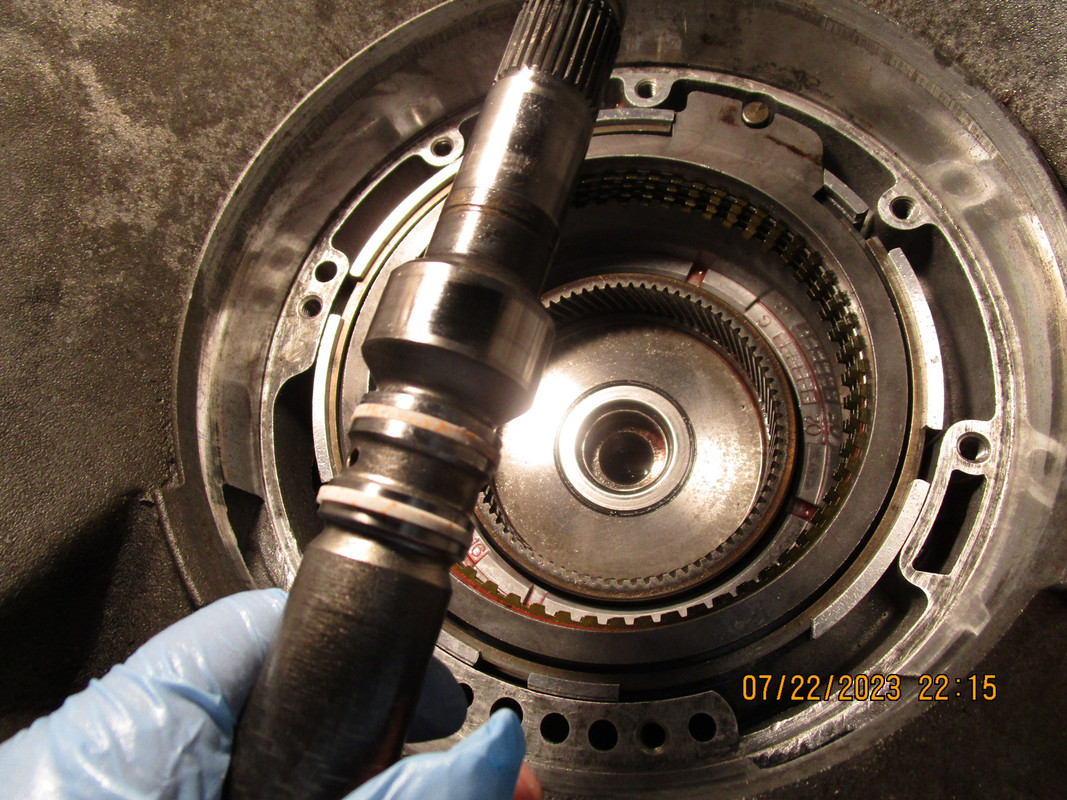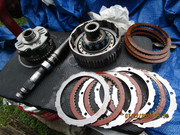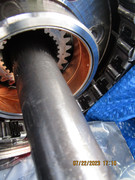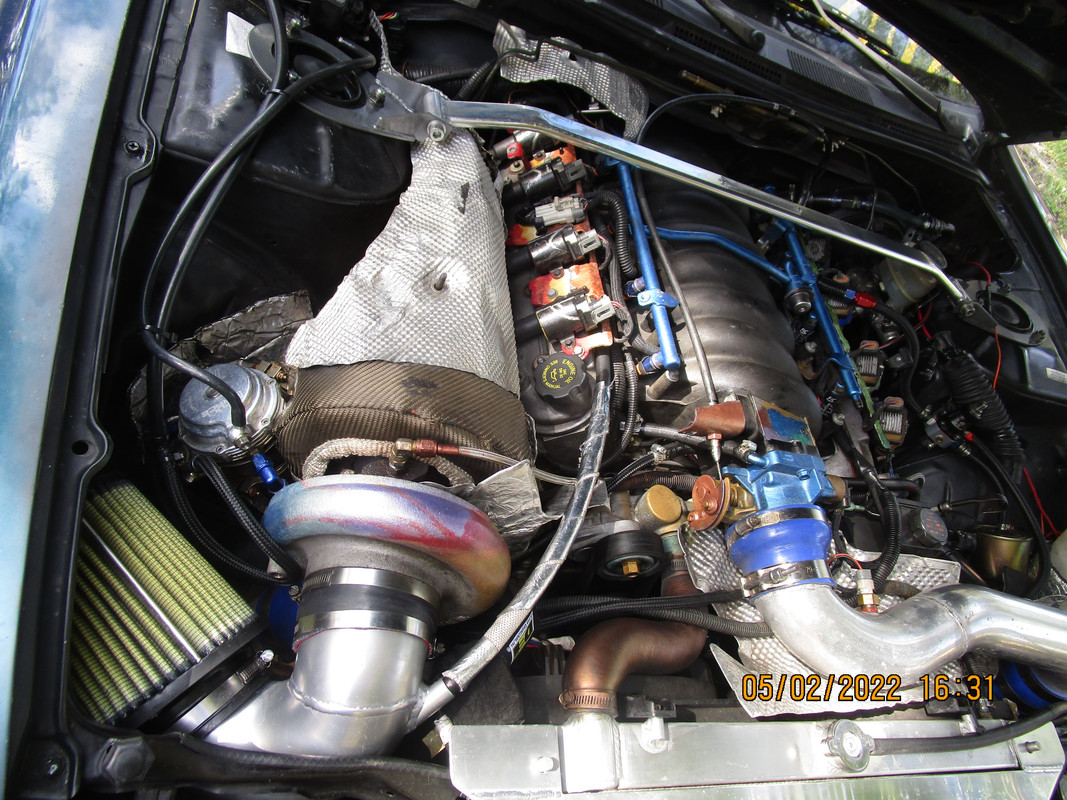Tuning with Knock Sensor(s)
To set up the knock sensor control, first identify which cylinders correspond to each knock sensor input. It must be
understood that knock sensors can pickup a lot of noise depending on the type of sensor and engine setup. The
only way the Infinity can determine when actual detonation occurs is by calibrating the knock sensor being used.
The following is an ideal way to set up the KnockNoiseFloor tables. For this test, use high octane quality-grade
fuel.
? Get the vehicle on a dynamometer to perform a few 4th and 5th gear power pull sweeps.
? Temporarily add 10–15% more fuel in the VE Table.
? Retard 2–4 degrees of ignition timing in the BaseIgnMap calibration file.
? Start the logger, Log | Start Recording.
? At a very low engine speed in 4th gear, such as 1500RPM, depress the throttle completely to the floor
(WOT).
? Monitor Lambda1 (or 2) and confirm a safe rich mixture.
? If turbocharged, monitor MAP closely as the retarded ignition timing will naturally increase boost pressure.
? If wired and plumbed in, monitor the EGT sensor reading as the retarded ignition timing will increase
exhaust temperatures.
? Stop the logger, Log | Stop Recording.
? Perform the same test in 5th gear.
? For every engine speed breakpoint in the KnockNoiseFloor tables, note the KnockSense channel's data.
This is mechanical noise in the engine that is near the same frequency as knock but is not real knock.
? Draw an imaginary line about 10–25% above these values for every KnockNoiseFloor table breakpoint. It
should start off very low and increase with RPM.
Everything below these points will be considered normal engine noise. Everything above these data points will be
considered true detonation. When actual voltage values breach these points, knock control will be enabled. So now
we need to define what exactly the Infinity should do when it sees knock






 Reply With Quote
Reply With Quote




